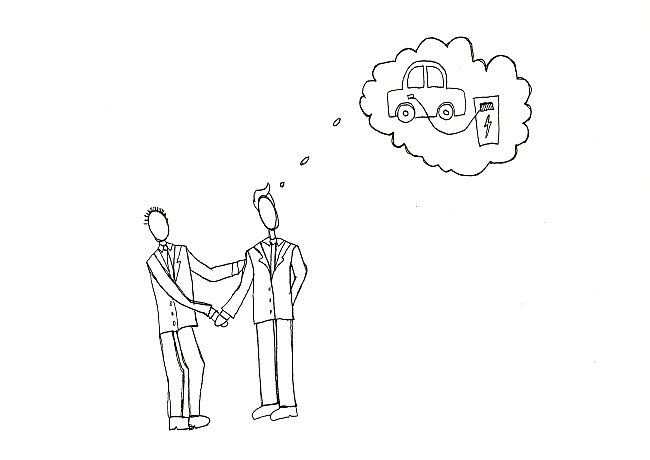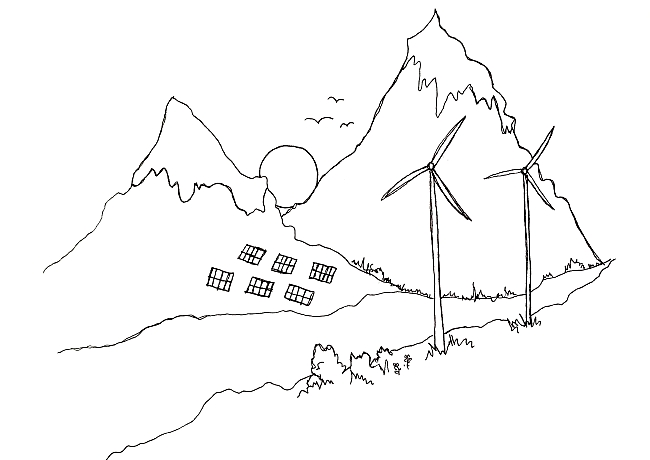Round 4: Multilateral negotiations

The final round of negotiations takes place after a well-deserved lunch break. Delegates are given an ‘open floor’ where they have the opportunity to meet with whichever groups they wish; delegates rush around to try and broker last minute revisions and confirm previously agreed deals.
Bristol Mock COP: What happened in practice

Some groups are swayed to change their votes in this last hectic round of backroom deals, which had ramifications for the final vote tallies!
There is a notable shift in weighting on the zero-emissions vehicle vote. IMF had been convinced by Shell to vote for a slow transition. However, in another room, Shell is convinced by the UK that not enough groups were planning to vote with them, so that it would be in their interest to back the second most ambitious target.
In another room, Sweden and the International Monetary Fund (IMF) visit Brazil, keen to get them to agree to resolution 3a, protection of nature, given Brazil’s power over the fate of the Amazon rainforest.
IMF enters talks with Greenpeace, surprised that they are voting 4c (the least ambitious coal targets). They sway them to vote more ambitiously for 4a, saying they should not be bullied by nations like China, keen to continue the use of coal for economic reasons.
Voting on resolutions
Decisions are made by ‘consensus’ at the real COPs. In practice, this means that delegates and their advisors spent many hours looking over draft resolution texts and making suggested changes –considering line by line – and continuing to negotiate on these proposed changes often late into the night. It can be a painstaking process, but the idea is that once a final resolution is agreed, all countries can throw their support behind the agreement.
In our Mock COP, the key decisions are made via a voting round. Seven resolutions are considered over the course of the day that cover:
- Scaling up climate finance
- Achieving net-zero emissions
- Protecting nature
- Phasing out coal
- Transition to ZEVs
- Transition to sustainable agriculture
- Protection of climate refugees
Each country delegation votes on all seven resolutions, while non-governmental organisations can only vote on four. This difference in number of votes cast is designed to represent the lobbying powers of non-governmental organisations (which have no official decision-making powers in the real COP).
Bristol Mock COP: What happened in practice

This round results in highly ambitious targets; overall, huge funds are secured, ambitious net zero goals are agreed upon, safe futures are secured for refugees and the protection of nature is highlighted as a key issue moving forward.
The Bristol Mock COP demonstrates enormous optimism and vision from the students. They proffered an example of how to be ambitious, for example smaller groups like IGWIA and AOSIS successfully exerting pressure on bigger players, and in the end achieving extremely positive goals as a collective.